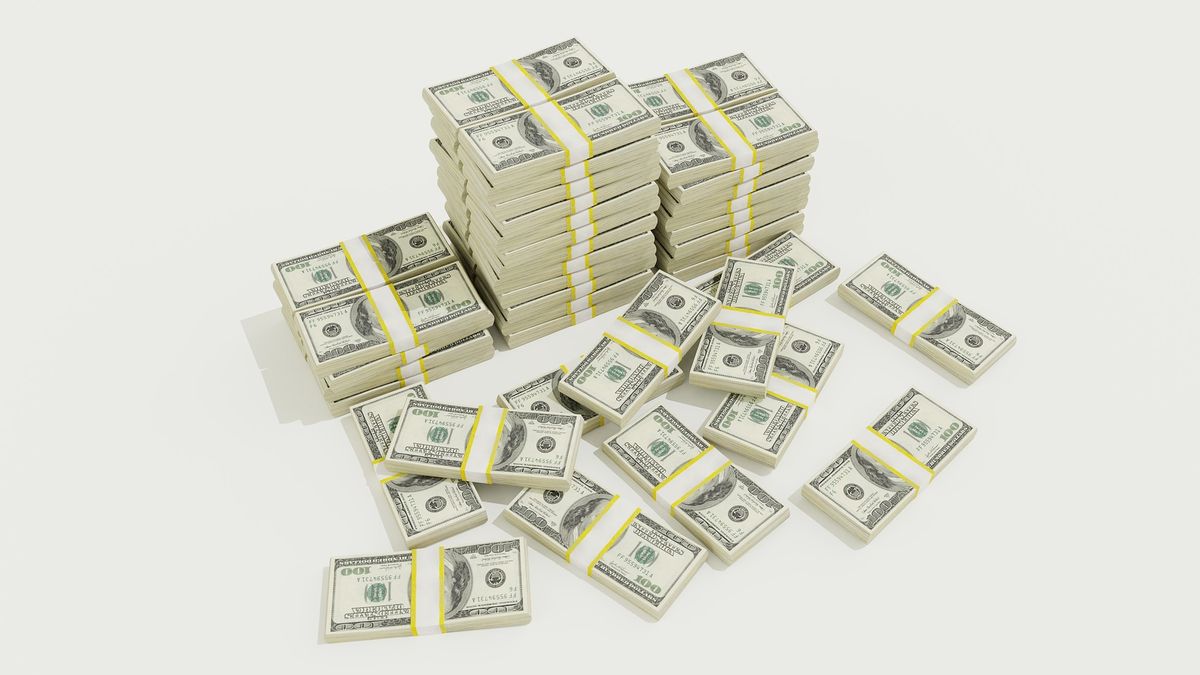For its part, the “free” CCL that is agreed through bilateral negotiations (SENEBI) -where transactions are not marked on electronic screens- or via ADRs operates above $ 190.
In addition, the MEP dollar or regulated stock market rose in the same proportion and amount to $ 177.43, which left a spread of 78.9% with the wholesaler.
Ariel Manito, general manager of PPI, highlighted that “after the latest measures, the volumes in the most controlled bonds – as is the case of the AL30s – fell sharply. It makes sense. Investors were recalculating, as is often the case in this type of situation – more specifically, each time a new regulation emerges-“.
For Manito, “the reality is that there are more and more obstacles to operating some bonds, with which the investor must have to meet certain conditions, such as not having accessed the MULC or subsidized loans, to name a few. However, this type of actions achieves the desired effect, which is to reduce the rate of dollar outflow, after an intense September (and where the drain on reserves accelerated). The same and it is worth clarifying that these effects are usually very short term, because the market always ends up finding the return or getting used to the measures. All these restrictions or traps stop a problem, but do not solve it in the background. “
With regard to the dollar, something unusual happens, which is that the informal dollar is below the financial dollar (SENEBI). But there is upward pressure and it is seen in the multiple exchange rates. For something, through the AL30 a dollar is obtained at $ 177, but in the square that there is no quantity limit and that they are operated bilaterally, it is located above $ 190, the specialist mentioned.
On the purchases of the monetary authority in the wholesale segment, the economist Gustavo Ber, for his part, stated that “the BCRA continues adding currency purchases after the latest exchange rate measures, even when it is recognized that such restrictions generate negative effects on the economy and are not sustainable. “
He added: “a gradual readjustment begins to show the freer implicit exchange rates, under an operation still limited after the latest regulations, and always at the risk of activating greater dollarization in the future when stock market activities normalize, since the climate of uncertainty and higher monetary issue continue to incline agents towards hedging “.
BCRA, with a positive balance in October
The Central Bank accumulates purchases for US $ 500 million in the last five days – and registers a positive balance of US $ 280 million in October-, after two measures were established on Tuesday of last week that tighten the grip on the operation of financial dollars and limit the advance payment of imports during October.
This Thursday, the monetary authority bought US $ 110 million in a day where the market maintained a level of business above US $ 360 million, much higher than the average for the month and the year, reflecting a normal operation of the market. In the year, he accumulates more than $ 6,300.
“The new restrictions imposed at the end of last week changed the scenario in the foreign exchange market, allowing official interventions to once again have positive daily balances. So far this week, wholesale dollar prices have advanced twenty-two cents and , with one wheel ahead to end this period, comfortably exceeds the final correction of the previous week, “said analyst Gustavo Quintana.
During the wheel, the currency increased four cents in the wholesale segment to $ 99.16, with an amount traded higher than the average for the week, in a round it again showed the currency operating flat around the regulation values set forth for today by the monetary authority.
Highs at $ 99.16 and lows at $ 99.15, translated the crystallization of prices into a day with renewed dominance of the supply of currencies. Authorized demand was not strong enough to absorb the available supply, once again leaving the way free for Central Bank purchases. The official intervention compensated for the weak demand, accommodating prices towards the end of the day around the initial highs.
The savings dollar or solidarity dollar -which includes 30% of the COUNTRY tax, and 35% on account of Profits- fell seven cents to $ 172.59, with which it added its second fall of the week, according to BCRA data.
David William is a talented author who has made a name for himself in the world of writing. He is a professional author who writes on a wide range of topics, from general interest to opinion news. David is currently working as a writer at 24 hours worlds where he brings his unique perspective and in-depth research to his articles, making them both informative and engaging.




